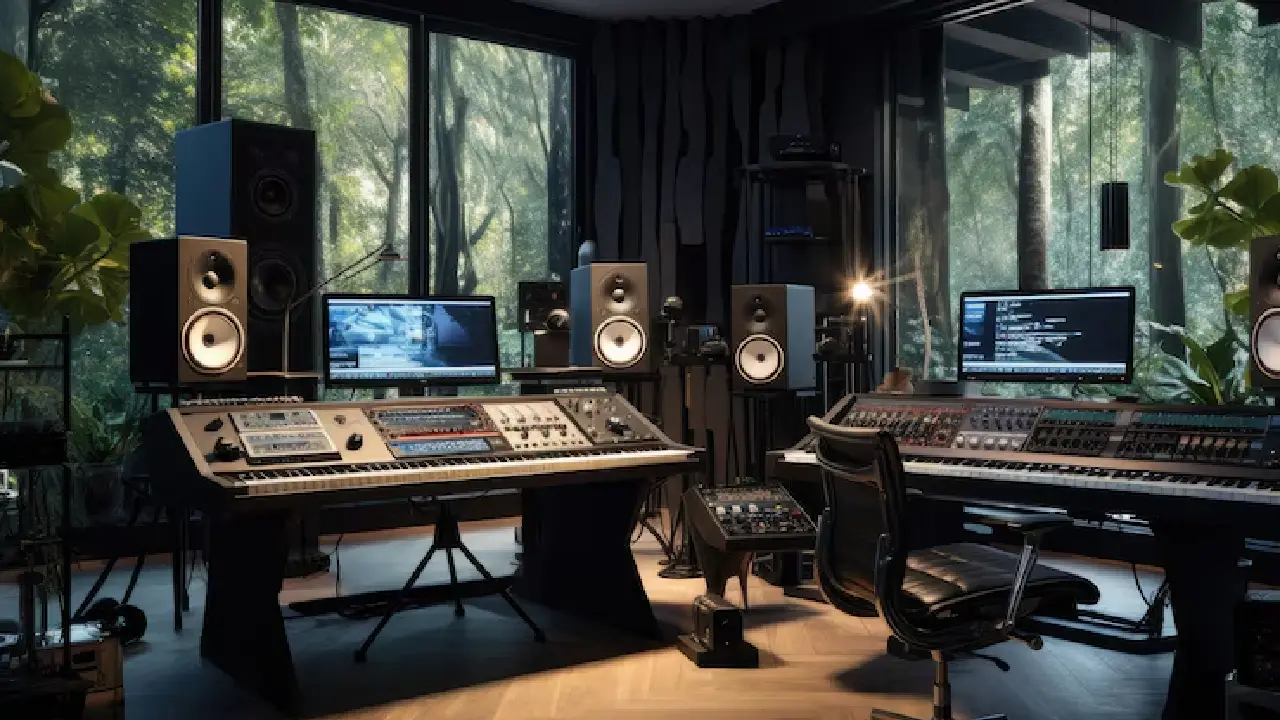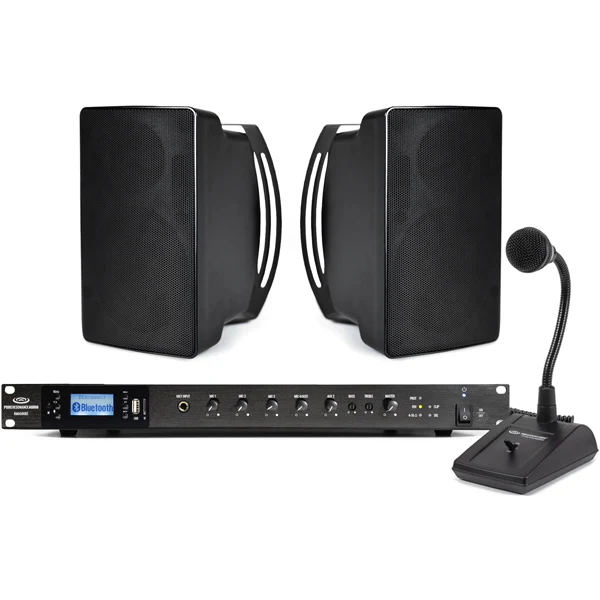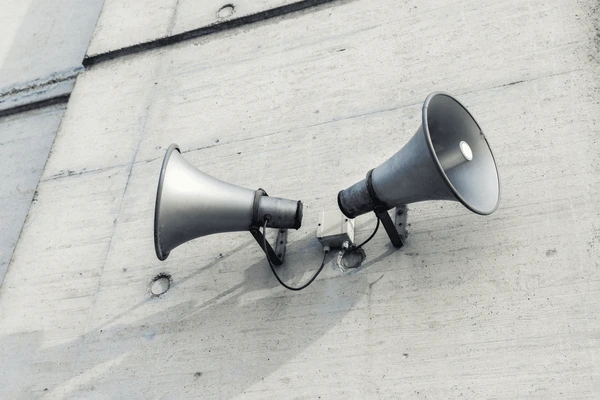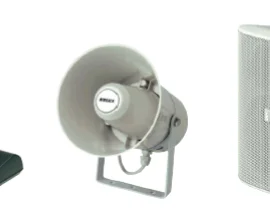Acoustics of an auditorium are the most crucial aspect for any music system selling and installation business. A well-designed auditorium with good acoustics can enhance the overall audio experience and provide a seamless listening experience for the audience.
An auditorium’s acoustics are determined by its design, materials used, and the placement of sound-absorbing and reflecting elements. A well-designed auditorium should have a balanced sound field that allows sound to reach every corner of the room without any sound reflections or echoes. The room should also have sufficient sound absorption to prevent excessive reverberation, which can cause muddled or indistinct sounds.
The design of an auditorium plays a critical role in its acoustics. The shape, size, and material of the walls, ceiling, and floor all contribute to the sound quality of the room. An ideal auditorium should have a rectangular or shoebox shape, which helps to minimize sound reflections and echo. The walls should be made of sound-absorbing materials, such as acoustic panels, and the ceiling should be high to reduce sound reflections. The floor should also be made of sound-absorbing material to prevent excessive reverberation.
In addition to the design of the auditorium, the placement of sound-absorbing and reflecting elements is crucial for good acoustics. Sound-absorbing panels can be placed on the walls and ceiling to reduce reflections and echoes. Reflective surfaces, such as wooden or metal panels, can be placed strategically around the room to enhance the overall sound quality.
A music system selling and installation business must also consider the type of music to be played in the auditorium when designing its acoustics. For example, a concert hall designed for classical music will have different acoustics than a rock concert venue. A concert hall for classical music should have a more balanced sound field and less reverberation, while a rock concert venue should have more sound reflections and a higher level of reverberation.
Another important factor to consider is the seating arrangements in the auditorium. The seating should be designed to provide an unobstructed view of the stage while also minimizing sound reflections. Upholstered seats and chairs can also help to absorb sound and prevent excessive reverberation.
In conclusion, acoustics are the most important aspect of any music system selling and installation business, and a well-designed auditorium with good acoustics can enhance the overall audio experience for the audience. An ideal auditorium should have a balanced sound field, sufficient sound absorption, and well-placed sound-absorbing and reflecting elements. A music system selling and installation business must also consider the type of music to be played in the auditorium and the seating arrangements when designing its acoustics.








